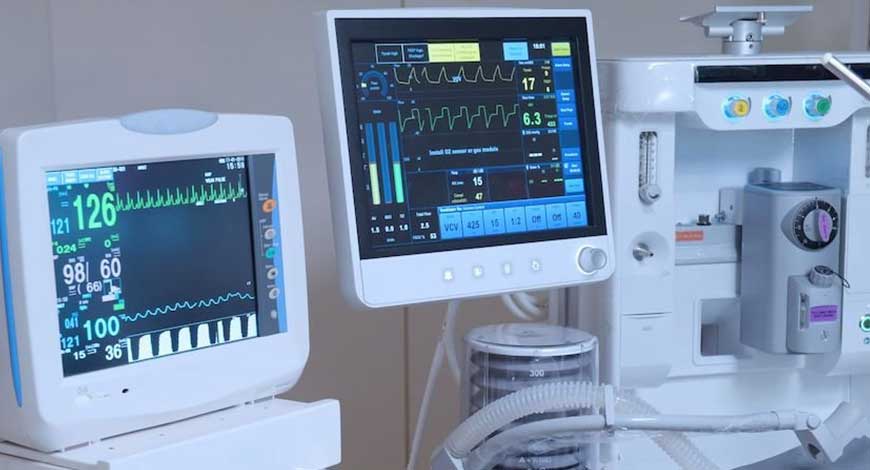Headlines of The Day
Medical devices import jumps 13% to ₹51,040 crore in April-Dec FY24

Nearly a year after the Union cabinet approved a policy for the medical devices sector with an aim to cut import dependence and bolster domestic capacities, things have only gone from bad to worse.
At present, over 80% of the medical devices used in India are imported, primarily from the US, China, Germany, Singapore and the Netherlands. One of the key facets of the policy is to bring this down to 30% by 2033.
As per the latest available data, imports have actually shot up 13% in April-December FY24 to Rs 51,040 crore as compared to corresponding period in 2022. That’s not all. Rajiv Nath, forum coordinator, Association of Indian Medical Device Industry (AiMeD) said that the imports of diagnostics devices have gone up even more substantially. “There’s no progress as far as the policy is concerned,” he said.
“The policy hasn’t taken off. The bringing down of imports is going to take time. The policy do support the local manufacturing but the infrastructure and facilities to develop products is not there,” said Milind Antani, leader, (pharma, life sciences and social sector practice) at Nishith Desai Associates.
Even though the policy talks about setting up a single window clearance system for licensing approvals, experts said that the national single window system, a portal which was launched in January, has onboarded just one regulator – Central Drugs Standard Control Organisation (CDSCO) – while the other regulators such as national pharmaceutical pricing authority (NPPA), atomic energy regulatory board (AERB) and state licensing authorities are yet to join the bandwagon.
At the moment, the regulatory framework for medical devices is fairly complex. It involves a bunch of guidelines and legislations spread across a host of regulators. To have a single-window clearance system will lead to lesser compliance burden and faster approvals.
The policy also encourages private investments, and funding from venture capitalists to boost the domestic manufacturing. To be fair, the ministry of chemicals and fertilizers recently announced that some 26 applicants for manufacturing of medical devices have been approved under the performance-linked incentive (PLI) scheme which has a total outlay of Rs 3,420 crore. These manufacturers will produce 138 items such as CT-scan, rotational cobalt machine, C-Arm, MRI, cath lab, heart valves, stents, etc.
Experts said that this PLI scheme has thus far benefitted large players like Wipro GE Healthcare and SMTPL. “Many companies are facing issues with achieving the targets set under the PLI scheme. As a result, their bank guarantees have been seized. We are hoping that the new government will amend the issues with the existing scheme and draft a fresh PLI programme,” said AiMeD’s Nath.
Even as ministry of chemicals and fertilizers is promoting domestic production, another arm of the government has taken a contrarion stand. For instance, in June last year, the ministry of environment, forests and climate change allowed the import of pre-owned medical devices (other than critical care equipment) in the country. This has dealt a body blow to the sector because used devices have a huge market in India.
Experts said that despite the policy’s focus on promoting R&D and creating an ecosystem for indigenous innovation in the medical devices industry, the government is actually charging an exorbitant royalty rate of 5% on patents which makes it unattractive for the companies to invest in R&D. The Financial Express












